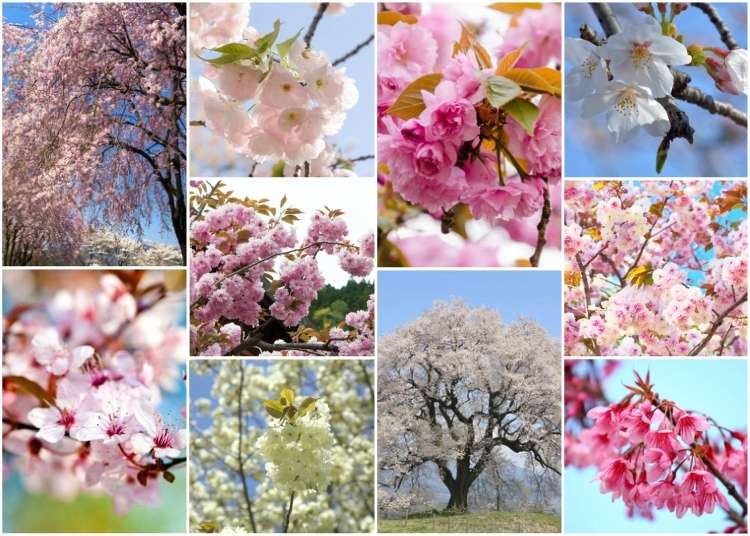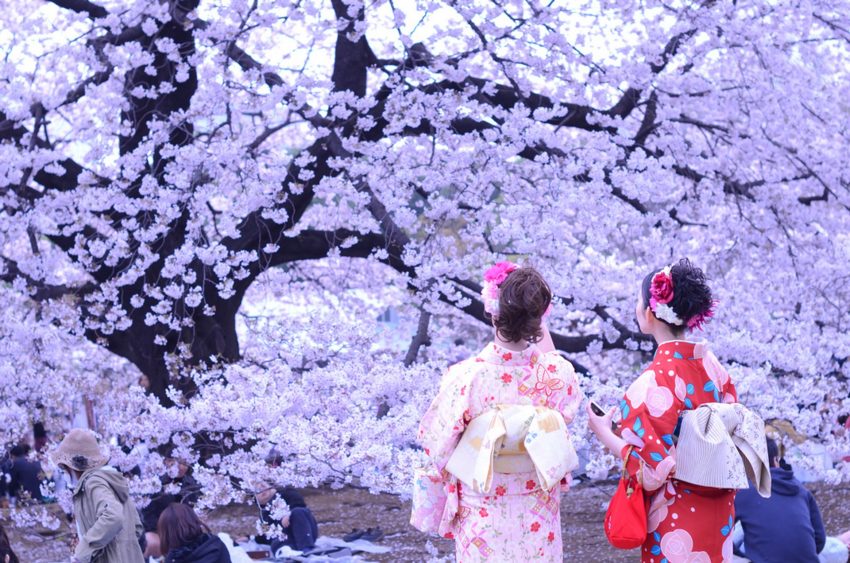The magic that surrounds the entire Japanese culture is undeniable, even the smallest ritual, celebration and philosophy make this culture something truly beautiful. Everything that surrounds this country and its traditions is charged with an emotional, spiritual and sacred value that makes it unique.
Among this genuineness and charm that represents Japanese culture, is one of the most important ancestral practices: Hanami (花見).
What is Hanami?
Hanami literally means “flower viewing” and is one of the most celebrated events in Japan. For a short period of time, the cherry trees are covered with their beautiful flowers called Sakura, to announce the end of winter and the beginning of warm times in the country.
For popular culture, the Sakura are not only the ones that announce the beginning of spring, but also carry different meanings and connotations. Representing and symbolizing the total beauty of nature and the transience of perfection.
What the Japanese, as wise lovers of nature, adore about Sakuras is their delicacy and the tremendous ephemeral nature of their existence. It is a pink, harmonious flower that covers the parks and mountains with a mantle for a few weeks a year.
Different Varieties of Sakuras

In Japan, specifically, there are ten varieties: two of them are yamazakura and edohigan, which announce the change of season since the Stone Age, when the first human beings began to live in the Japanese archipelago.
The first grows, mainly, since ancient times in the inhabited hills of the central and western regions. In addition, they flower before other trees, which is why they stand out in the mountains at the beginning of spring.
Unlike these, cherry trees of the edohigan variety hardly grow in the mountains. They are giant trees and they flower before, they are 30 meters tall and have a trunk of more than two meters in diameter, which is why they are so recognized and praised.
The Beginnings of Hanami
The importance of the Sakura dates back centuries, when the flowering of these trees marked the beginning of spring, making clear the perfect time to begin the planting of rice: the most important food for the first inhabitants of this country.
Throughout this period, cherry trees were known as holy beings and the souls of the mountain gods were believed to be within them.
For this reason, farmers venerated these trees in a very special way. They believed that when the pink flowers of the Sakura reached their maximum splendor, it was when the gods came down to the villages and turned into rice fields to collaborate with the production of their peasants.
With the beginning of the samurai warriors and the philosophy that surrounded their lifestyle, cherry blossoms took on much more prominence.
The short and ephemeral life of the Sakura was closely related to bushido, or the way of the samurai. Important Japanese warriors, with a profound way of seeing the world. They believed and praised sepukku or harakiri, the most noble death ritual of a warrior; die with dignity, committing suicide, when life is still in all its splendor.
Like the seppuku of the samurai, so do the cherry trees, allowing their flowers to fall in a kind of delicate shower of petals, without letting them rot attached to their branches.
During the following Period, the Azuchi-Momoyama Period, the custom of celebrating the Sakura blooming under the cherry trees themselves began to gain fame due to Emperor Toyotomi Hideyoshi’s festivities.
Although at first it was kept as a festival reserved for the aristocracy, over time it spread to all social strata in the Edo Period.
Nowadays, in every spring and blooming season, thousands of Japanese people gather under the cherry trees in gardens, parks and mountains, enjoying the wonderful art of watching the rain of delicate flowers, enjoying a moment of calm and harmony as everything it turns pink.
Like Mount Fuji, the Sakura trees are part of the most important part of Japanese culture: a combination of beauty, legends and history that crosses values and feelings from the deepest part of society. Have you ever seen a Sakura in real life? Share your experience with us in the comments below.

